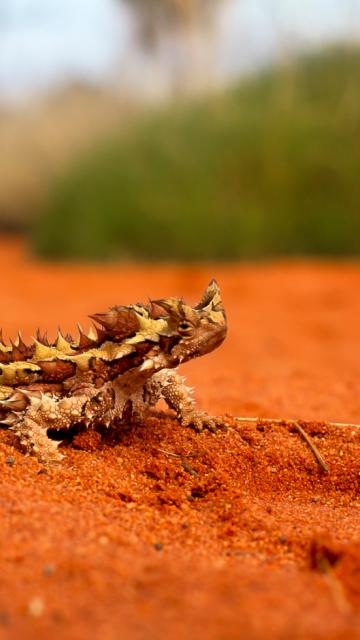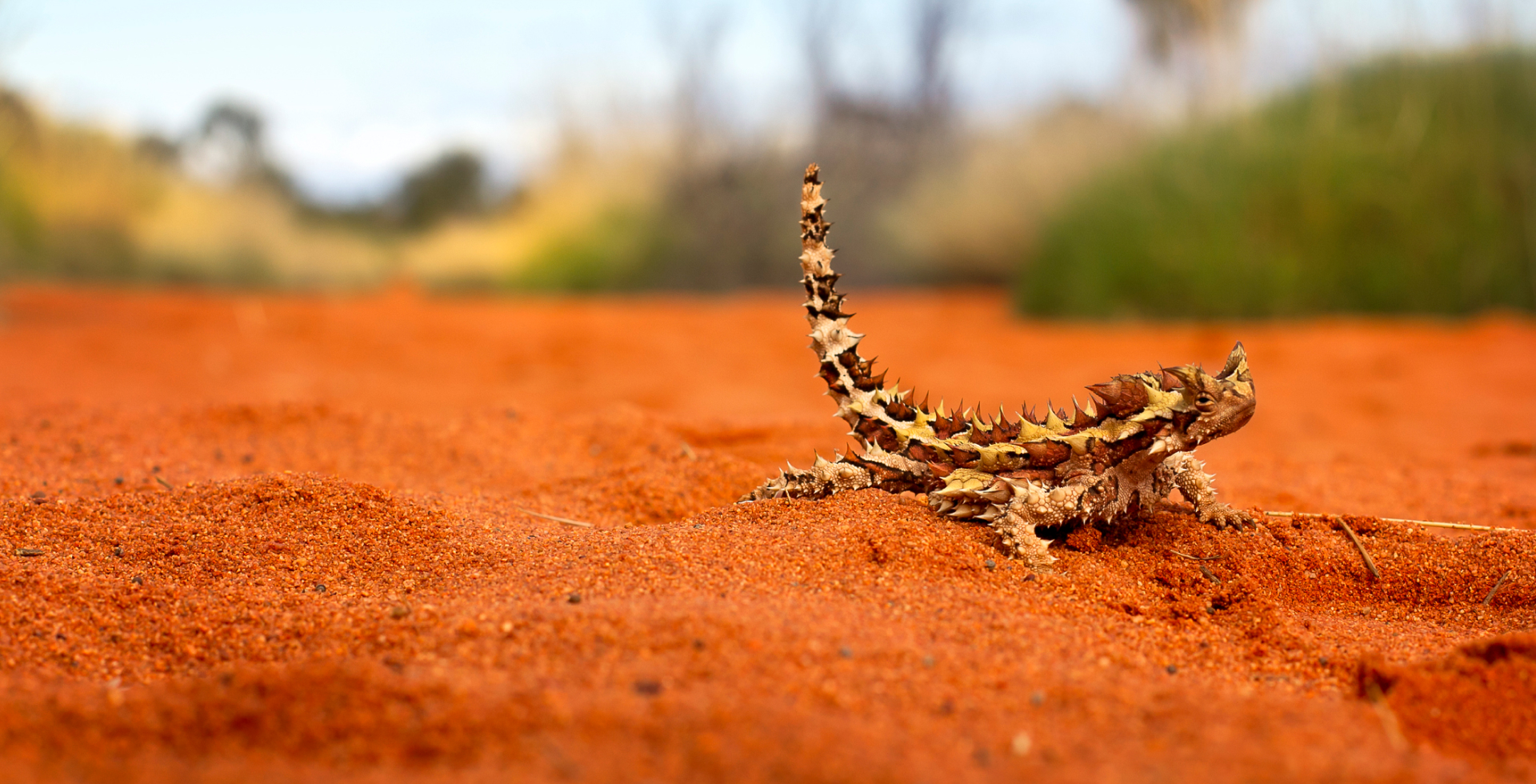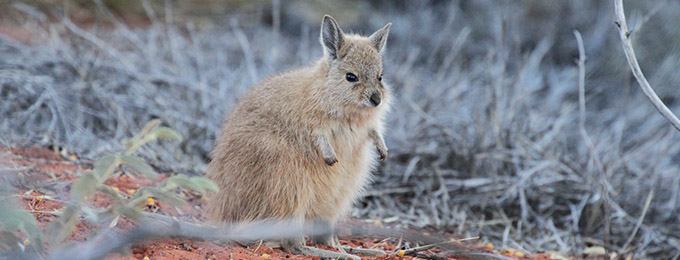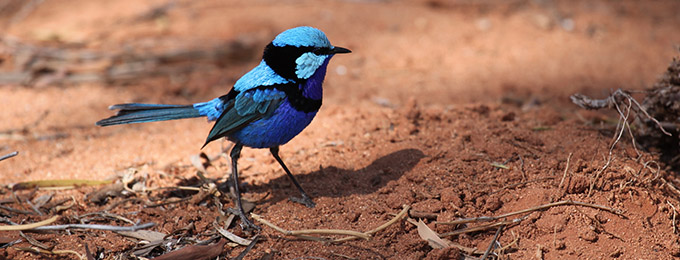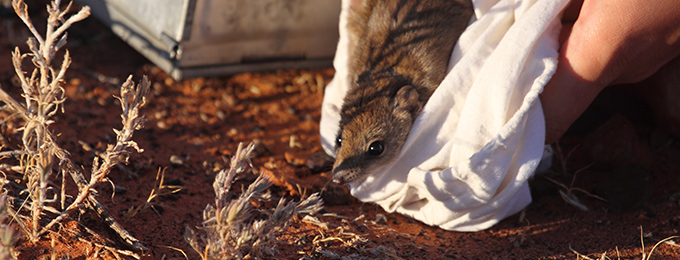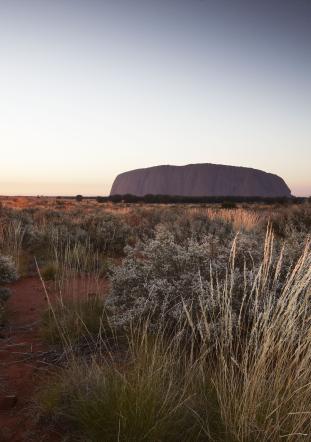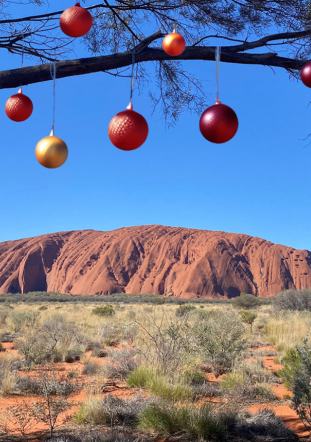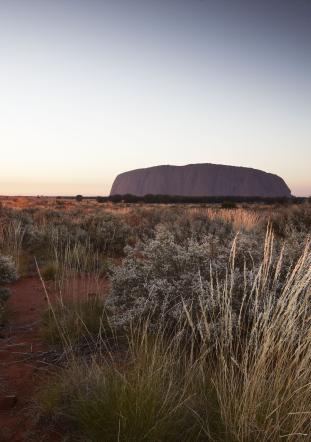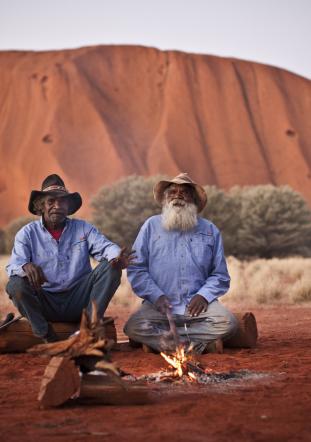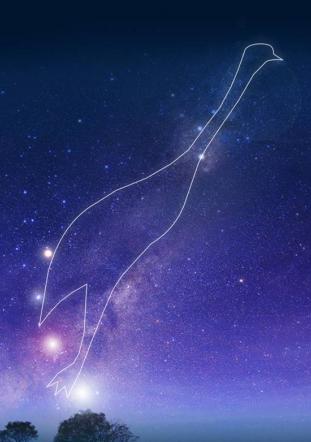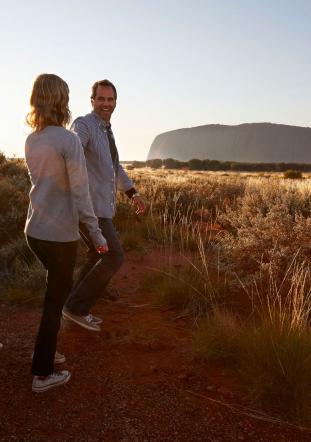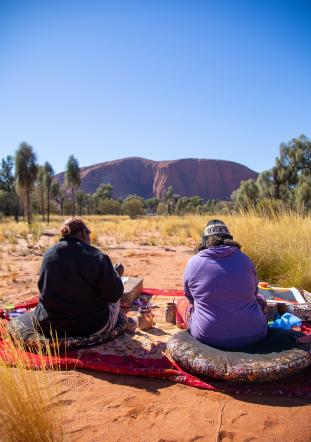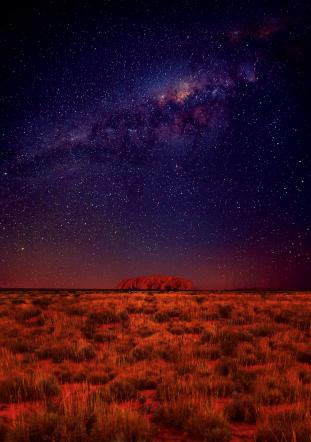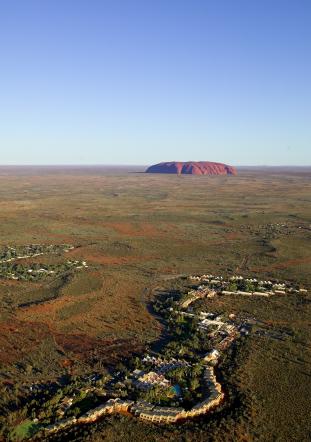Home to more than 21 native mammals, 178 species of birds and 73 different types of reptiles, Uluru - Kata Tjuta National Park delivered an impressive line up of wildlife for a seemingly harsh environment. Here's a spotlight on 5 interesting animals found in this unique ecosystem.
Remember, stay safe, stay on the marked paths and don't touch or feed any wildlife, big or small.
Thorny Devil - NGIYARI
Surviving the extreme climate of the Red Centre is no easy feat, but this lizard has a specialised system to ensure that it doesn't go without precious water. The spikes on its body form narrow channels that, through capillary action, draw water directly to the lizard's mouth. This means that it can collect any dew drops left on spinifex grass after a cold night in order to quench its thirst.









